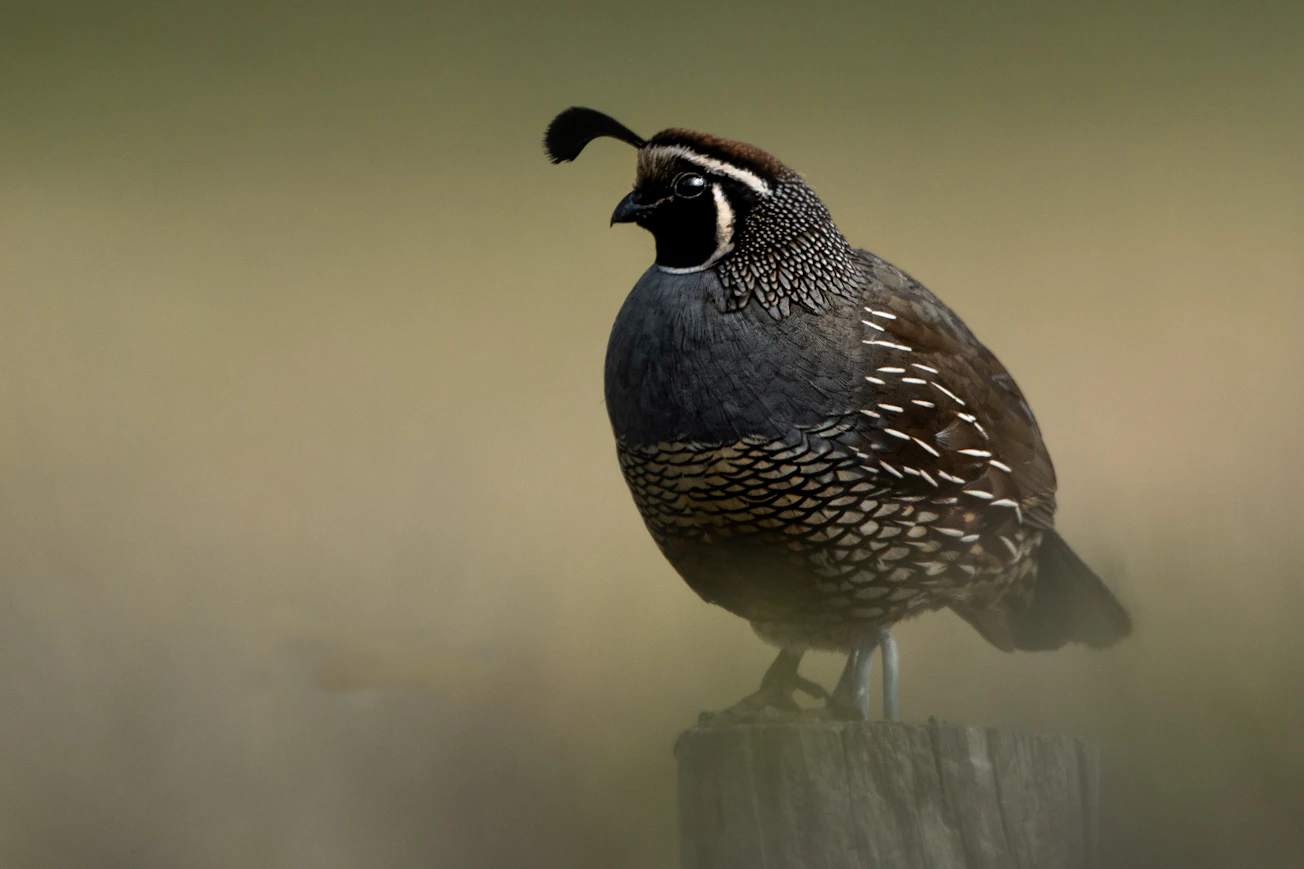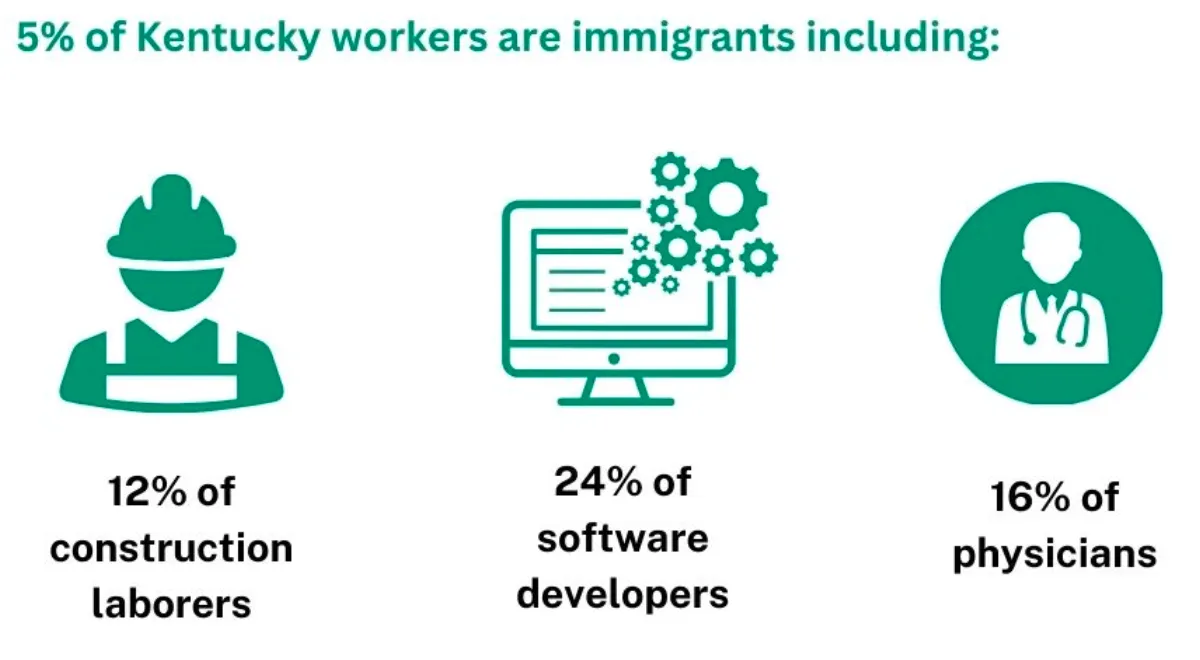Table of Contents
Math has never been my strong suit. I’m not very good with numbers, but I hope you will bear with me while I reveal some pertinent statistics:
- Mumbai, India is the most densely populated city in the world, with a population of 14,350,000 and 187 square miles. That’s 76,790 people per square mile, which equals 120 people per acre, which equals 362 square feet per person – the size of an 18’ X 20’ room.
- Wyoming is the least densely populated state in the continental (lower 48) US, with a population of just 581,000 and 97,000 square miles. That’s 5.9 people per square mile, or 108.4 acres per person.
- New Jersey is the most densely populated state, with a population of 9,438,124 and 8,723 square miles. That’s 1,283 people per square mile, which equals 0.49 acre per person.
- Kentucky is the 24th most densely populated state, with a population of 4,555,777 and 40,408 square miles. That’s 115 people per square mile, which equals 5.56 acres per person.
- Grayson County has a population of 26,500 and covers 500 square miles. That’s 53 people per square mile, equals 12 acres per person. The average household in Grayson County has 2.77 persons. That averages out to 33 acres per household.
Once or twice a year, we host a few dozen friends and family members at a cookout picnic at Nolin Lake. Most of our guests drive here from Louisville. At least a few people comment on the lovely scenery here in Grayson County.
Indeed, rolling green pastures dotted with cattle and big round hay bales are picturesque and pretty. But in ways, they are barren as a desert – and more deadly.
According to the University of Kentucky’s College of Agriculture, Food and Environment: “Fescue has been the most consistent forage for hay and pasture in Grayson County. Some people will claim that fescue is the only thing keeping Grayson County from eroding into the twin lakes.”
Apparently cows like it – but according to the Kentucky Department of Fish & Wildlife Resources (KDFWR): “The number one problem on many farms today for ground-nesting and ground-feeding wildlife species is the predominance of tall fescue. Fescue is simply a poor choice for wildlife habitat. ...
“Nearly all stands of KY 31 tall fescue are infected with a fungus that lives in a mutually beneficial relationship with the fescue. The fungus produces chemicals in the plant, which cause fescue to have toxic qualities. These chemicals act as a feeding deterrent, causing animals not to eat the fescue, except as a last resort.”
I was just a kid when I first saw killdeer nesting in open pasture on my grandparents’ farm in Oldham County. If I approached the nest, either deliberately or accidentally, the killdeer parent would shriek loudly, limp along on the ground, and pretend it had a broken wing.
Distraction displays, also known as diversionary displays, are anti-predator behaviors used to attract the attention of a predator away from the nest or young birds that the parents are protecting.
Unfortunately, such tactics do not work on large commercial riding mowers or tractors pulling brush hog cutters, hay balers, etc. The scant wildlife that might exist in a hay field or pasture faces almost certain death come mowing or haymaking time.
When I was young (and not so young), I did a fair amount of camping. In the ‘60s and ‘70s, it was quite common to hear the distinctive two-note call of the bobwhite quail: bob – WHITE. Alas, it’s been many decades since I’ve heard it.
According to the KDFWR: “The bobwhite quail (Colinus virginianus) is the most widespread of the quail species in North America. Historically, their range spreads as far north as the Great Lakes and as far south as the Caribbean. In many states in the US [including Kentucky], the quail population is drastically declining due to habitat loss.”
The KDFWR explains further: “The northern bobwhite was once a prominent feature of Kentucky’s rural landscape. Its popularity as a gamebird and attractive appearance made it a favorite to the hunter and non-hunter alike. The bobwhite’s historic prosperity was tied to an agricultural system focused on the small family farm, but today’s land use patterns have decimated the bird’s numbers to all-time lows.
“Small, dynamic farms of yesteryear included livestock, vegetables, row crops, and tobacco creating a landscape perfectly suited for bobwhites. Crop fields were small in size, rotated annually, and periodically left fallow. Brushy fencerows and weeds were common features, and mowing for appearance was not a consideration.”
But nowadays, many landowners maintain their property like a perfectly manicured front lawn or golf course – unlike years ago when, for a variety of reasons, farmers let fencerows and gullies and random plots grow wild.
The KDFWR will help private landowners improve their land for wildlife and assist with wildlife management. “About 95% of the land in Kentucky is privately owned. To successfully manage our wildlife resources, the Kentucky Department of Fish and Wildlife Resources works cooperatively with Kentucky’s private landowners.
“One of the essential ingredients in conserving Kentucky’s wildlife resources is habitat improvement. Our Habitat Improvement Program offers an opportunity for interested landowners or managers, hunters, and groups to work with wildlife professionals toward a common goal of improving wildlife habitat – their cover, food, water, and space – across the state.
“Wildlife biologists are available to work with interested individuals or groups on properties of 25 acres or more that they own or have management rights on. This program helps create suitable habitats that benefit local wildlife populations and demonstrate to others the value of such improvements. The technical assistance is designed to help participants meet their goals. There is no obligation for participation in this program.”
The KDFWR describes dozens of how-to habitat improvements such as brush piles, cover thickets, cropland management, fescue eradication, and shallow-water wetlands. A simple brush pile can provide habitat for box turtles, fence lizards, songbirds, small rodents, and a variety of mammals – even bears. Landowners can contact a Private Lands biologist to help develop a wildlife management plan specifically for their property.
About 20 years ago, I built a 12’ X 12’ X 3’ fishpond in a shady corner of our backyard. I stocked it with a dozen 29-cent goldfish from Walmart, and minnows left over from fishing. The goldfish and (a few different types of) minnows naturally reproduced. Some of my goldfish weigh at least a pound, and I always have minnows for fishing when I need them.
The fishpond is a magnet for all types of wildlife – frogs, salamanders, snakes, birds, lizards, and twice a snapping turtle (who feasted on my goldfish). My fishpond is small, but it’s my way of putting back some of the wildlife habitat we have lost.
Think about things you can do as well ... then do them. Our state’s wildlife will thank you.
--30--








